Starlink- Perfect Solution for Internet Access in Remote Locations?
Starlink – Internet Access for Businesses in Remote Locations
Internet access is crucial for business success. Very few businesses can operate to their full potential without internet, it is arguable that any business can…
Businesses in remote or rural areas often struggle with limited options for fast and reliable connectivity.
This is where services like Starlink come into play, Starlink is a satellite internet service provided by SpaceX, which has been designed exactly for the purpose of getting internet into remote locations.
There are many businesses operating far away from the traditional grid, for example, lots of farms we provide satellite internet for are very rural and simply do not have access to conventional internet, Starlink provides these locations with new opportunities, allowing high-speed internet access direct to their site! (without the huge installation costs too!)
This blog explores what Starlink is, how it works, and why it is an invaluable resource for businesses in remote locations.
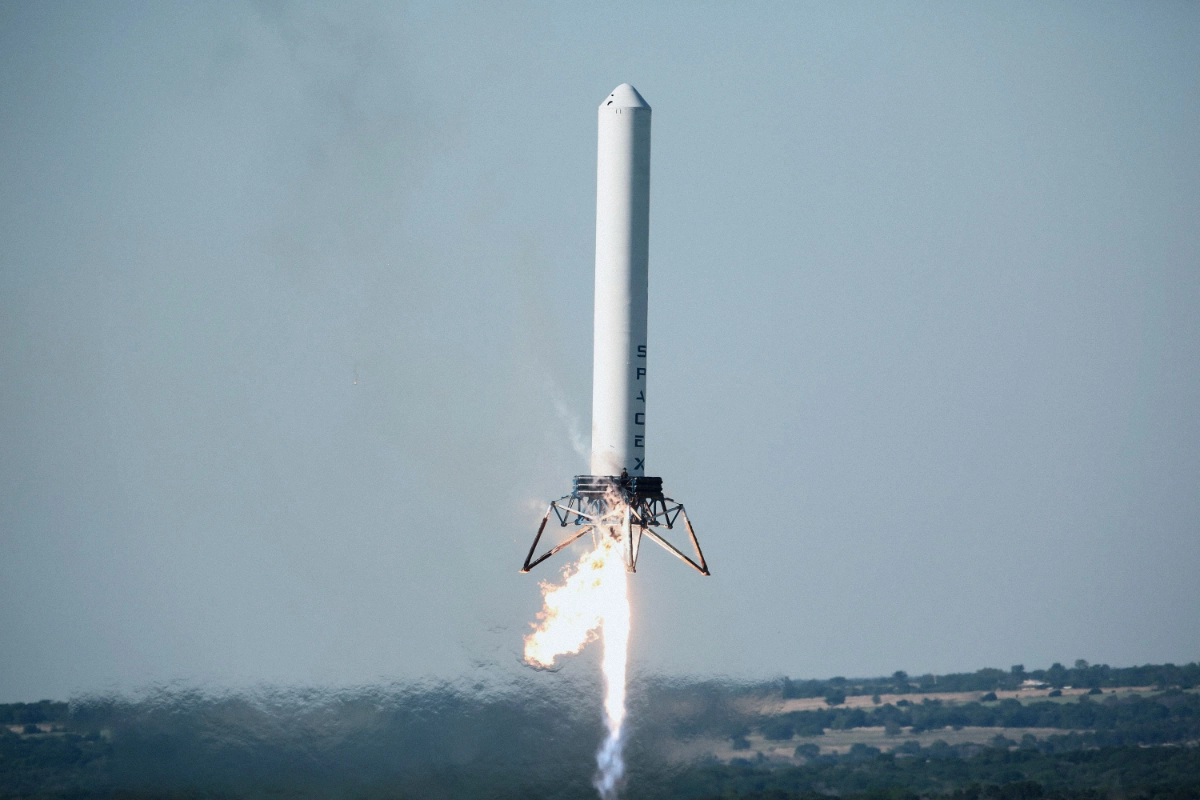
What is Starlink??
Starlink is a satellite internet solution being constructed and implemented by SpaceX, the now well-known company founded by Elon Musk.
The service aims to eventually provide high-speed internet to every single corner of the globe, they have been specifically targeting areas where connectivity has traditionally been unreliable, expensive, or completely unavailable.
The Starlink network relies upon thousands of small satellites that have been launched by SpaceX into low Earth orbit (LEO), these satellites work in conjunction with ground transceivers.
As of now, Starlink is rapidly expanding, with plans to deploy thousands more satellites to enhance coverage and bandwidth to even more locations. You can see the current number of satellites via this interesting and interactive website satellitemap.space, I think you’d be surprised how much coverage of the planet they already have!
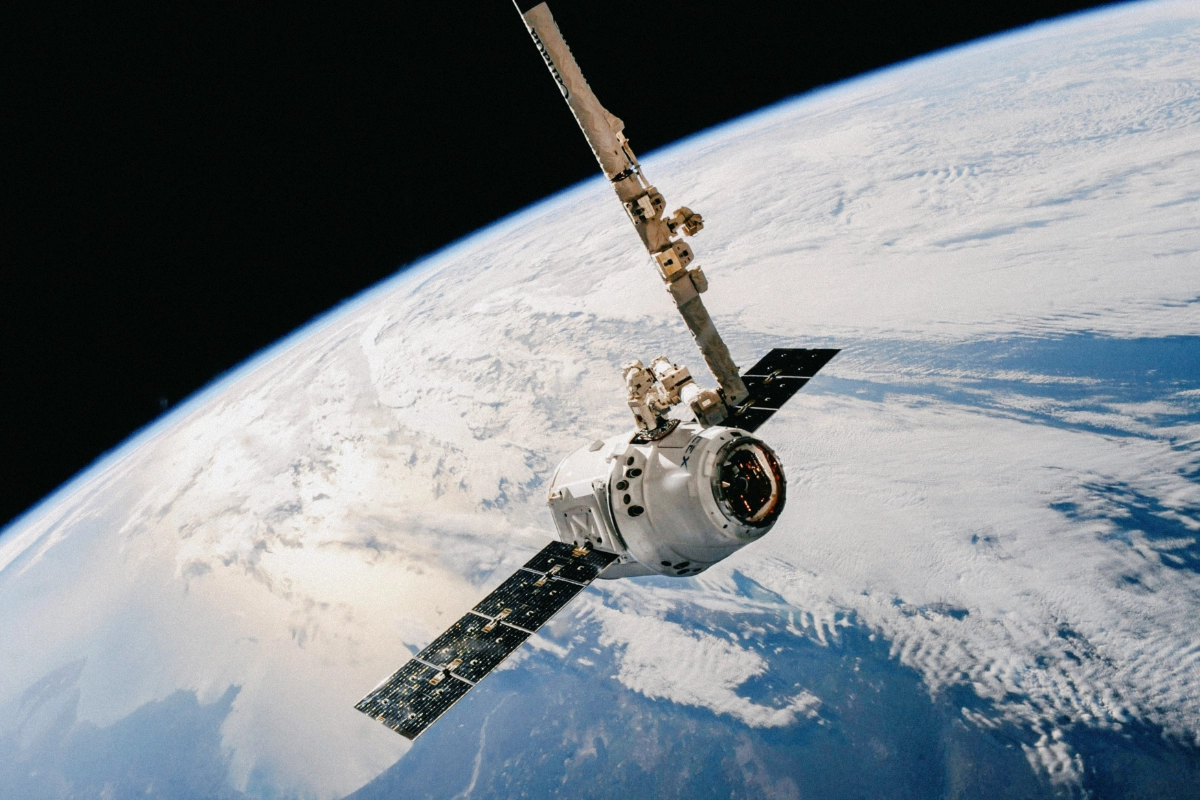
How Starlink Works
The technology is innovative and differs from traditional satellite internet services as it utilises low Earth orbit satellites. These satellites are positioned significantly closer to the Earth compared to geostationary satellites. Because SpaceX satellites are positioned so close to earth the latency is reduced significantly, Latency was often the main reason why people were opposed to using satellite internet in the past, this solution offers internet speed and responsiveness that compares to broadband actually on the earth’s surface, which is quite an impressive feat!
Businesses using Starlink can now expect lower latency in the range of 20-40 milliseconds, which is a game changer for any business that uses real-time communication and cloud-based services.
Users of the service are required to have a Starlink Kit, which includes a small satellite dish to which they receive their internet, it also comes with a mounting tripod, and a Wi-Fi router. The setup is surprisingly straightforward, designed for easy installation and can often be done by the users themselves (unless they need LAN configuration to be carried out, which most businesses would need). After the install on location the dish automatically adjusts its position and lines itself up in the best angle to be able to receive signals from the many satellites overhead, this results in the best possible connectivity, latency reduction, and general internet speed!
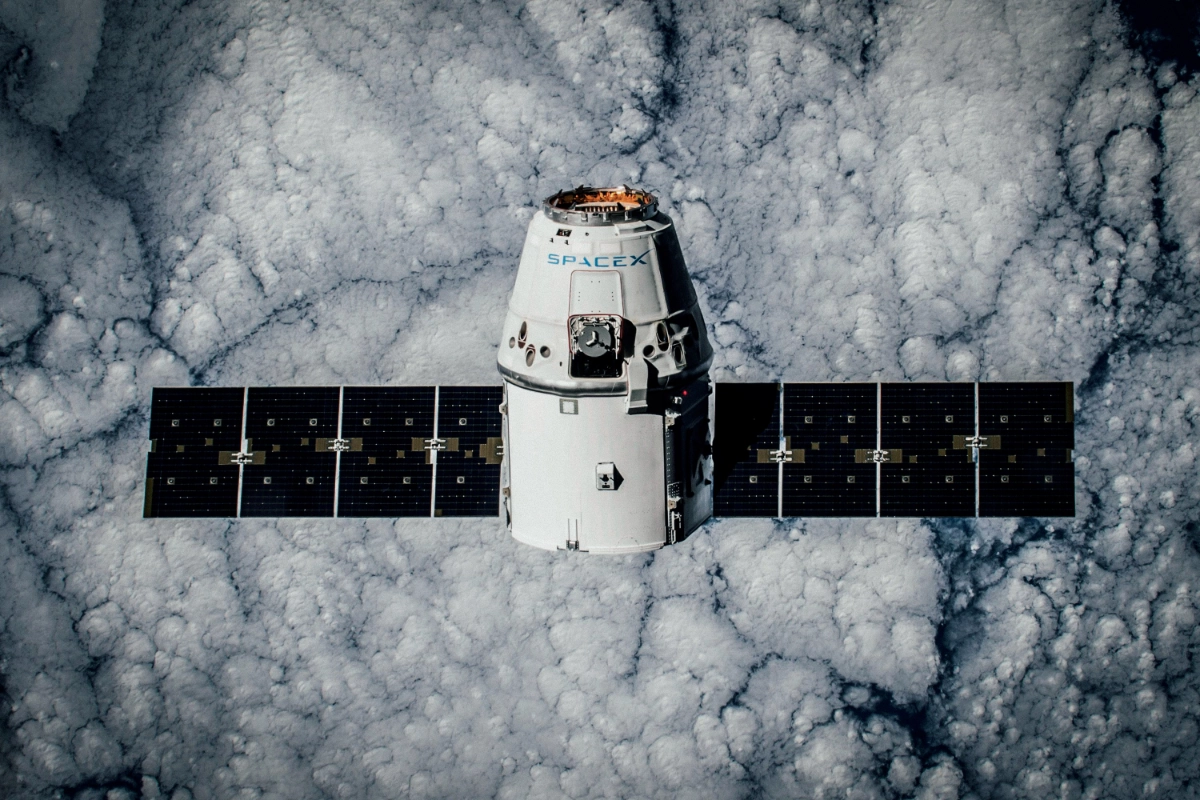
Main Advantages for Businesses in Remote Locations
For businesses operating in remote areas, Starlink offers some huge benefits:
Easy and Quick Setup: With a relatively small upfront cost and the plug-and-play nature of the Kit, businesses can get online quickly, without having to wait months for the installation of a leased line or traditional broadband to be installed.
High-Speed Internet Access: It provides broadband speeds up to 150 Mbps, which is more than enough for most use cases, providing access to cloud-based applications, and allowing for video conferencing with ease.
Reliability: Unlike traditional internet connections that rely on physical infrastructure, SpaceX’s satellite-based system is less susceptible to local infrastructure issues, ensuring a more reliable connection and with an ever increasing number of satellites in orbit, coverage and reliability should be set to improve further.
Cost-Effectiveness: For many remote locations, the alternatives to satellite internet are either non-existent or incredibly expensive (upwards of thousands of pounds to install physical lines all the way from exchange boxes to site). Starlink presents a cost-effective option by providing high-speed internet without the need for a line to be dug underground to site or ran to site overhead via newly installed posts.
Scalability: As SpaceX launches more satellites and upgrades the network, the quality and speed of service will improve, offering businesses a future-proof solution that grows with their needs.
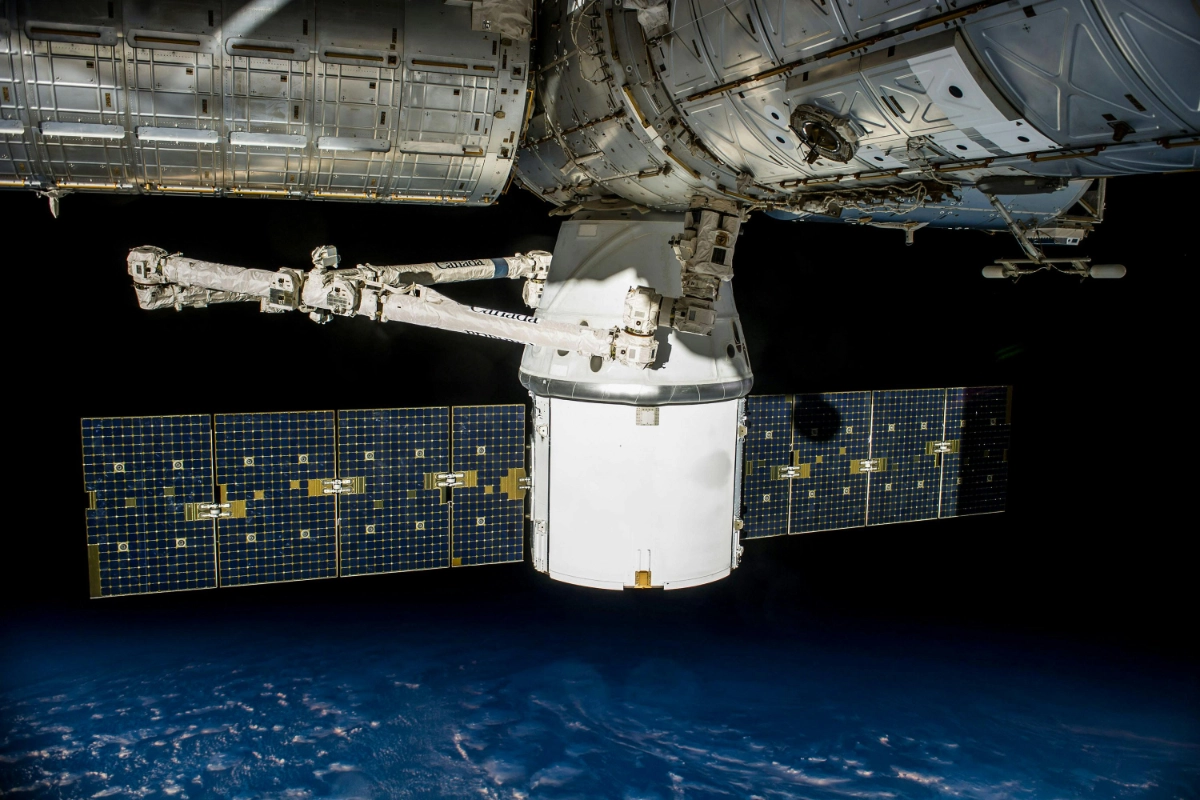
Negatives of Starlink
Inconsistency: Starlink is still technically in the rollout phase and due to the nature of satellite internet users may experience inconsistency in internet speeds and connectivity. Solar storms can affect the performance of satellite internet also which is something to consider (although it seems to be rare).
As it is still being rolled out there will be constant adjustments being made and potential service interruptions as new satellites are launched, while the network service is optimized and perfected.
VPN incompatibility Issues: One of the main drawbacks that we have noticed is its current incompatibility with certain types of VPNs due to its GRE (Generic Routing Encapsulation) tunnelling. As per their official website it states, “The default IP policy using CGNAT blocks all inbound ports”.
This can pose a huge problem for businesses that rely heavily on VPNs for secure remote access and site-to-site connections. The high latency variability and the way Starlink handles routing disrupts the stable connection required for effective VPN use.
Luckily there is a business option of Starlink, for a slight increase in cost you can get access to inbound ports and they provide you with a public IP option.
Unfortunately, this IP is not completely static and may change if you relocate or leave the Starlink off for long periods of time, but there are ways to get around this, leveraging services like Dynamic DNS that allows you to retain connectivity inbound despite the IP changes.
Equipment Cost: While the monthly service fees are reasonably priced considering the speed and technology, the initial cost for the Starlink Kit, which includes the satellite dish and router, may be a consideration for some small businesses. As this equipment is necessary to access the service going forward.
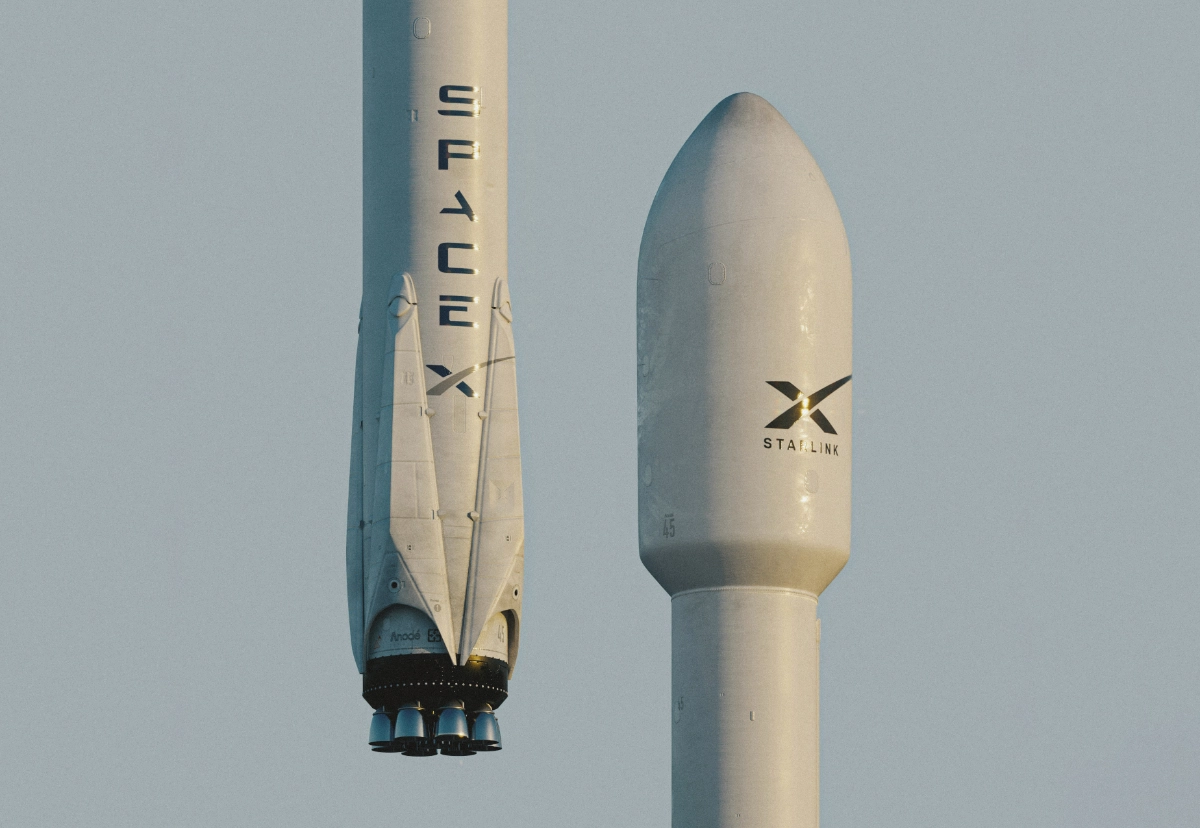
Starlink is a significant advancement in satellite technology, which offers new opportunities to businesses in remote locations where traditional internet services are simply inaccessible or not feasible. We personally use Starlink to complement our existing internet on site, as we are located rurally ourselves and the speed we get from our traditional broadband is far from what is desired!
It is worth noting that Starlink can be used alongside normal internet and is used by a few of our clients as a backup solution, for when traditional broadband is down, it works brilliantly for this purpose and ensures that most business can stay online and will be back online instantly if their “main” internet line goes down! The only situation where they would both be offline is in case of a power cut on site, which unfortunately no real solution can solve (save for a massive on site generator of course!!).
We are excited about the possibilities that Starlink brings to our clients in remote areas and are here to assist with integrating the service into your business.
If you’d like to read more about Starlink visit their website via this link here. The site breaks down how the service is implemented and how it works.
Don’t forget to follow us on LinkedIn, and YouTube, for updates! Or click here to return to the Blog Page.
